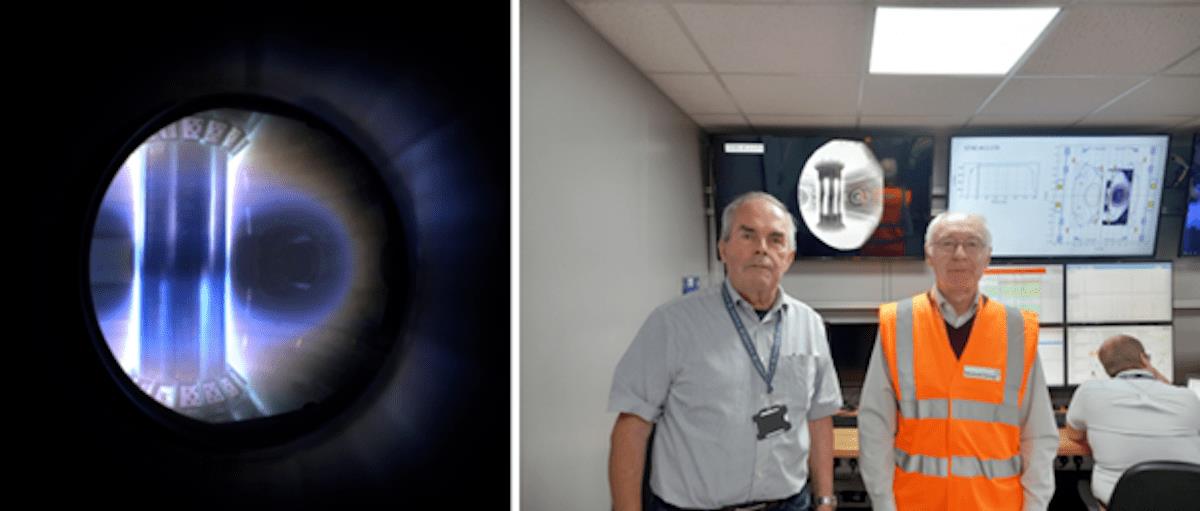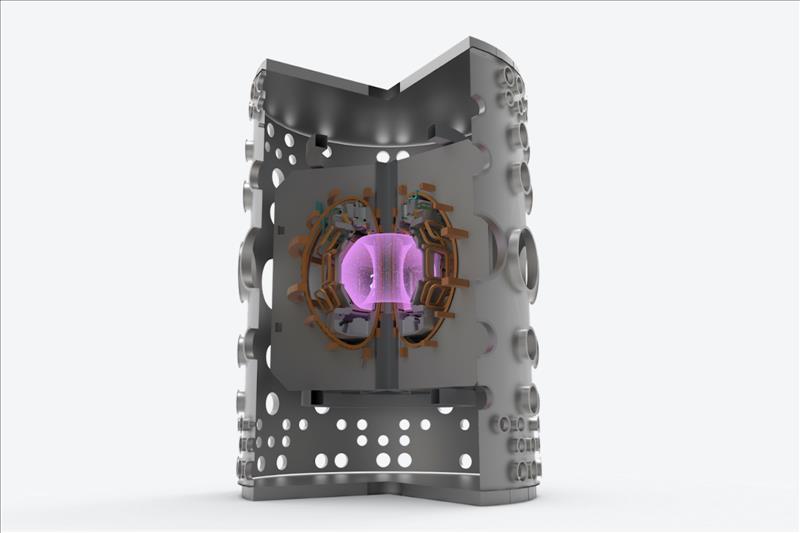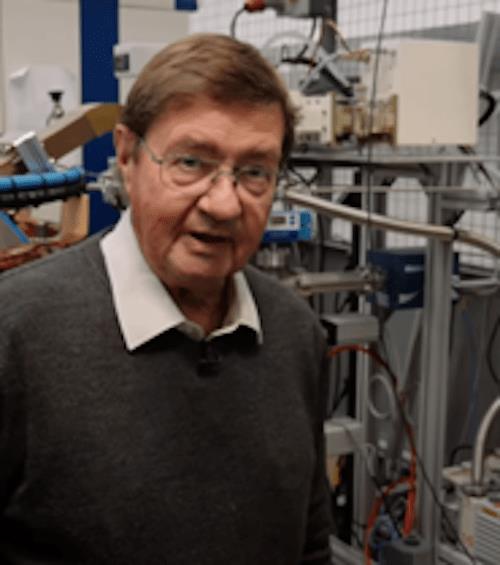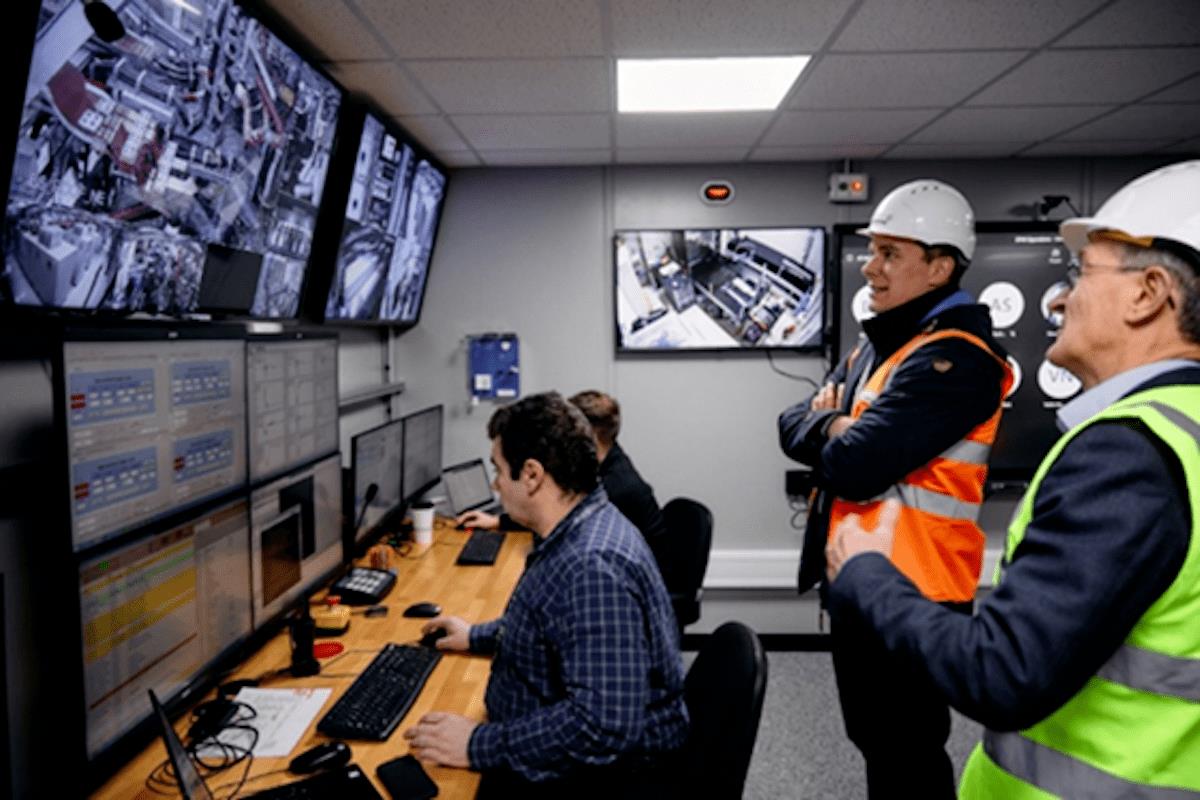
Supermagnets Changing The Rules Of Nuclear Fusion
part 1 ,
part 2 ,
part 3 ,
part 4 ,
Part 5 and Part 6 .
During my August visit to nuclear fusion facilities in the UK, I spent an afternoon at Tokamak Energy Ltd , one of the world's leading private fusion companies. Tokamak Energy's basic strategy is to apply the technology of high-temperature superconductors to build compact spherical tokamak reactors with super-intense magnetic fields , capable of achieving fusion conditions with high efficiency and at low cost.
Tokamak Energy is the only private fusion company that has more than 10 years' experience of designing, building and operating its own tokamak devices. The company is pursuing an ambitious timeline, aiming to build a prototype electricity-producing fusion plant that would go onto the grid in the 2030s.
Tokamak Energy has so far attracted over US$200 million in private investments, and possesses a substantial amount of intellectual property, among other things through its ground-breaking innovations in the area of high-temperature superconducting magnets.
In contrast to many private fusion companies, Tokamak Energy is fully integrated into international fusion research, regularly publishing its results in peer-referred papers and working in partnership with institutions such as the Princeton Plasma Physics Laboratory, Oak Ridge National Laboratory, University of Illinois, CERN in Geneva and others. Tokamak Energy's UA subsidiary was selected for an award as part of the US Milestone-Based Fusion Development Program.

Spherical tokamaks built and operated by Tokamak Energy
Left: ST25
Right: ST40
Photos: Tokamak Energy
Last year the company's ST40 tokamak achieved a record temperature of over 100 million degrees Celsius – the highest temperature reached in a privately owned spherical tokamak reactor so far and a threshold for commercial fusion . ST40 operates with magnetic fields that are 3-5 times more intense than those of other spherical tokamak devices, such as the MAST-U or the USA's“National Spherical Torus Experiment” (NSTX).
In addition to the temperature record, experiments on ST40 since 2018 have provided a wealth of data underlining the feasibility of achieving practical fusion power with this type of reactor. They support the UK government's decision to place its chief bets on the spherical tokamak – rather than the conventional doughnut-shaped design adopted by other nations – in the race to fusion .

Left: Hot plasma in the vacuum chamber of Tokamak Energy's ST40 reactor
Right: Tokamak Energy Chief Technical Advisor Paul Thomas, left, with the author in the ST40 control room.
Photos: Tokamak Energy
ST40 also validated a novel method of heating the plasma, called“merging compression.” Using a special set of magnetic coils, two rings of plasma are merged together, causing an event known as“magnetic reconnection” in which magnetic energy, stored in the plasma rings, is converted into heat.

Source: YouTube
Merging compression was used in last year's experiments demonstrating record 100 million-degree temperatures .
While ST40 uses conventional copper coils, Tokamak Energy has already successfully employed high-temperature superconducting (HTS) coils in a smaller experimental device, the ST25. The next step after ST40 is larger device, christened STX, which will use 100% HTS coils and operate at much higher magnetic fields.

Legal Disclaimer:
MENAFN provides the
information “as is” without warranty of any kind. We do not accept
any responsibility or liability for the accuracy, content, images,
videos, licenses, completeness, legality, or reliability of the information
contained in this article. If you have any complaints or copyright
issues related to this article, kindly contact the provider above.

























Comments
No comment